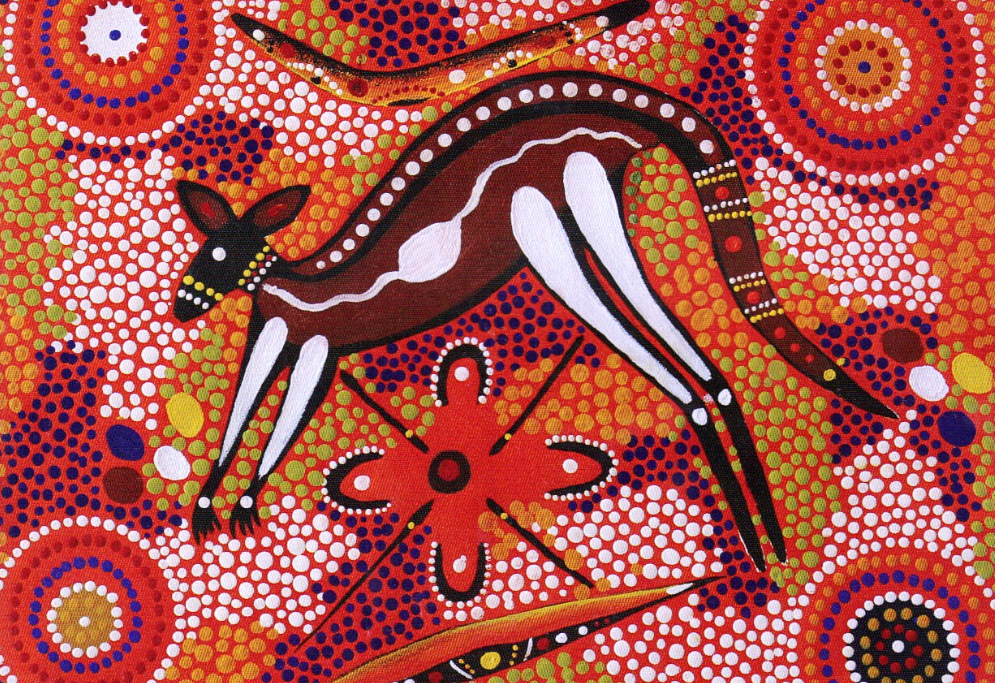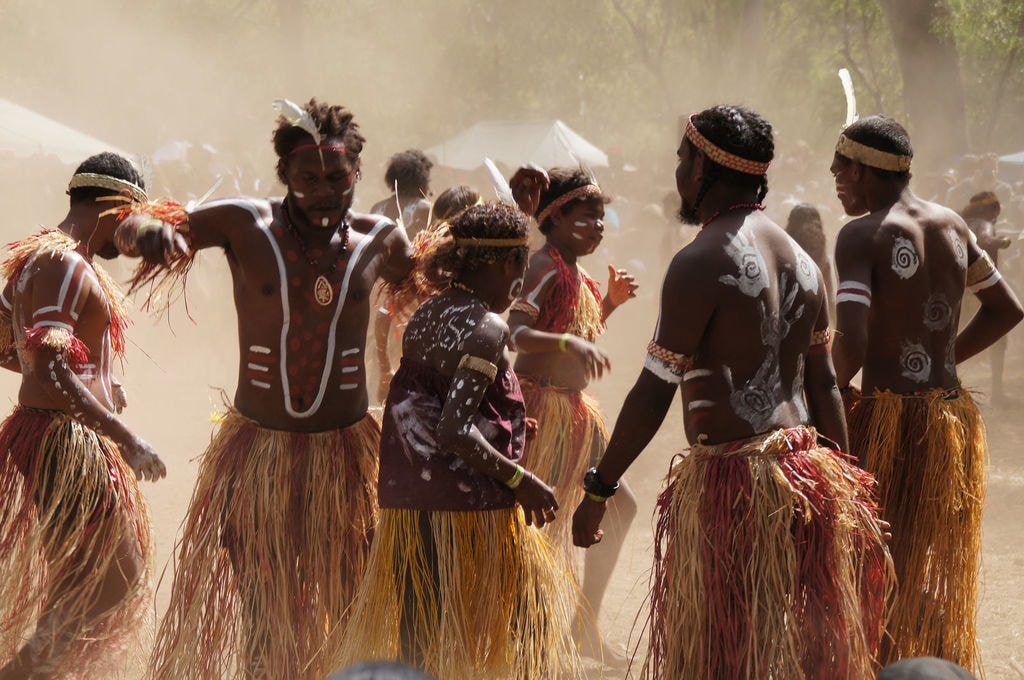A Tapestry of Time: Exploring the Rich Indigenous Heritage of Australia
A Tapestry of Time: Exploring the Rich Indigenous Heritage of Australia

Australia, the land of sunburnt plains and vibrant coral reefs, is a country steeped in ancient history. Its Indigenous heritage, stretching back over 65,000 years, is a vibrant tapestry woven with intricate stories, profound knowledge, and a deep connection to the land. This article delves into the rich and diverse Indigenous heritage of Australia, exploring its cultural practices, artistic expressions, and the enduring legacy that continues to shape the nation.
A History Etched in Land and Sky:
Related Articles: A Tapestry of Time: Exploring the Rich Indigenous Heritage of Australia
- Beyond Bush Tucker: Exploring The Rich Culinary Heritage Of Aboriginal Australia
- Unveiling The Stories: A Journey Into The World Of Aboriginal Art Masks
- Bridging The Gap: Challenges And Initiatives In Australian Education For Indigenous Students
- Beyond "Bush": Unlocking The Rich Vocabulary Of Australia’s Wild Spaces
- Honoring Your Spirit Totem: A Journey Of Connection, Guidance, And Growth
The Indigenous peoples of Australia, known as Aboriginal and Torres Strait Islander peoples, are the oldest continuous cultures on Earth. They arrived on the continent long before the first European settlers, traversing the vast landscapes and adapting to diverse environments. Their history is a testament to resilience, ingenuity, and a profound connection to the natural world.
The Six Seasons:
Unlike the Western calendar, Indigenous cultures in Australia often follow a system of six seasons, each with its own distinct weather patterns, flora, fauna, and cultural significance. These seasons, which vary across different regions, provide a framework for understanding the natural cycles and the interconnectedness of all living things.
Dreamtime: The Foundation of Indigenous Culture:
The concept of Dreamtime, also known as the Dreaming, lies at the heart of Indigenous Australian culture. It encompasses creation stories, ancestral beings, and the spiritual connection to the land. The Dreamtime is not simply a historical narrative but a living, breathing entity that guides Indigenous beliefs, practices, and interactions with the natural world.
A Language of Place and Connection:
Australia boasts a diverse array of Indigenous languages, with estimates suggesting over 250 distinct languages spoken before European colonization. Each language is intimately linked to its specific region, reflecting the unique environment, flora, fauna, and cultural practices. The loss of Indigenous languages due to colonization is a significant concern, with efforts underway to revitalize and preserve these vital cultural treasures.
Art as a Form of Storytelling:
Indigenous art is a powerful medium for expressing cultural knowledge, beliefs, and stories. From intricate rock art and bark paintings to woven baskets and ceremonial objects, Indigenous art forms are deeply symbolic and imbued with meaning. These art forms serve as a visual record of history, tradition, and the enduring connection to the land.
The Impact of Colonization:
The arrival of European settlers in 1770 marked a significant turning point in Indigenous history. Colonization brought with it dispossession, displacement, and cultural suppression. The Stolen Generations, a policy of forcibly removing Indigenous children from their families, had a devastating impact on generations of Indigenous Australians.
Reconciliation and Moving Forward:
Despite the historical injustices, Indigenous communities are actively working towards reconciliation and recognition. The Australian government has implemented policies aimed at closing the gap in socioeconomic disparities and promoting cultural understanding. The Uluru Statement from the Heart, a call for constitutional recognition and a voice for Indigenous Australians in Parliament, represents a significant step towards achieving a more just and equitable future.

Exploring Indigenous Culture:
There are numerous ways to experience and learn about the rich Indigenous heritage of Australia:
- Visit Indigenous Cultural Centers: These centers offer immersive experiences, showcasing traditional art, dance, music, and storytelling.
- Attend Indigenous Art Exhibitions: Galleries across Australia feature contemporary and traditional Indigenous art, providing insights into artistic practices and cultural narratives.
- Participate in Guided Tours: Many national parks and cultural sites offer guided tours led by Indigenous guides, sharing their knowledge and perspectives.
- Support Indigenous Businesses: Patronize Indigenous-owned businesses, restaurants, and tourism operators, contributing to economic empowerment and cultural preservation.

FAQ about the Rich Indigenous Heritage of Australia:
Q: What is the significance of Dreamtime in Indigenous culture?
A: Dreamtime is the foundation of Indigenous culture, encompassing creation stories, ancestral beings, and the spiritual connection to the land. It guides beliefs, practices, and interactions with the natural world.
Q: How many Indigenous languages were spoken in Australia before colonization?
A: Estimates suggest over 250 distinct Indigenous languages were spoken before European colonization, each linked to its specific region and environment.
Q: What are the main challenges faced by Indigenous Australians today?
A: Indigenous Australians continue to face significant challenges, including socioeconomic disparities, health inequalities, and the ongoing impact of colonization.
Q: What can I do to support Indigenous communities?
A: You can support Indigenous communities by visiting cultural centers, attending art exhibitions, participating in guided tours, and patronizing Indigenous-owned businesses.
Q: What is the Uluru Statement from the Heart?
A: The Uluru Statement from the Heart is a call for constitutional recognition and a voice for Indigenous Australians in Parliament. It represents a significant step towards achieving a more just and equitable future.
Conclusion:
The Indigenous heritage of Australia is a testament to the resilience, creativity, and enduring spirit of its people. By embracing the rich history, cultural practices, and artistic expressions of Indigenous Australians, we can foster a deeper understanding and appreciation for the unique tapestry of this nation. It is through acknowledging the past, celebrating the present, and working towards a shared future that we can truly honor the legacy of the oldest living cultures on Earth.

Closure
Thus, we hope this article has provided valuable insights into A Tapestry of Time: Exploring the Rich Indigenous Heritage of Australia. We hope you find this article informative and beneficial. See you in our next article!



